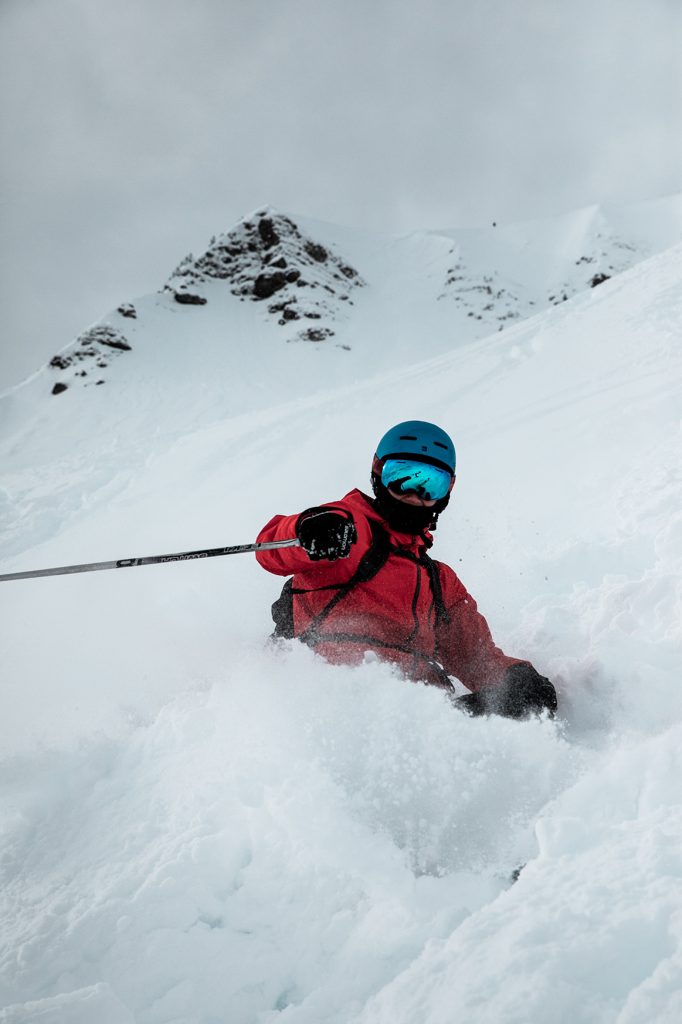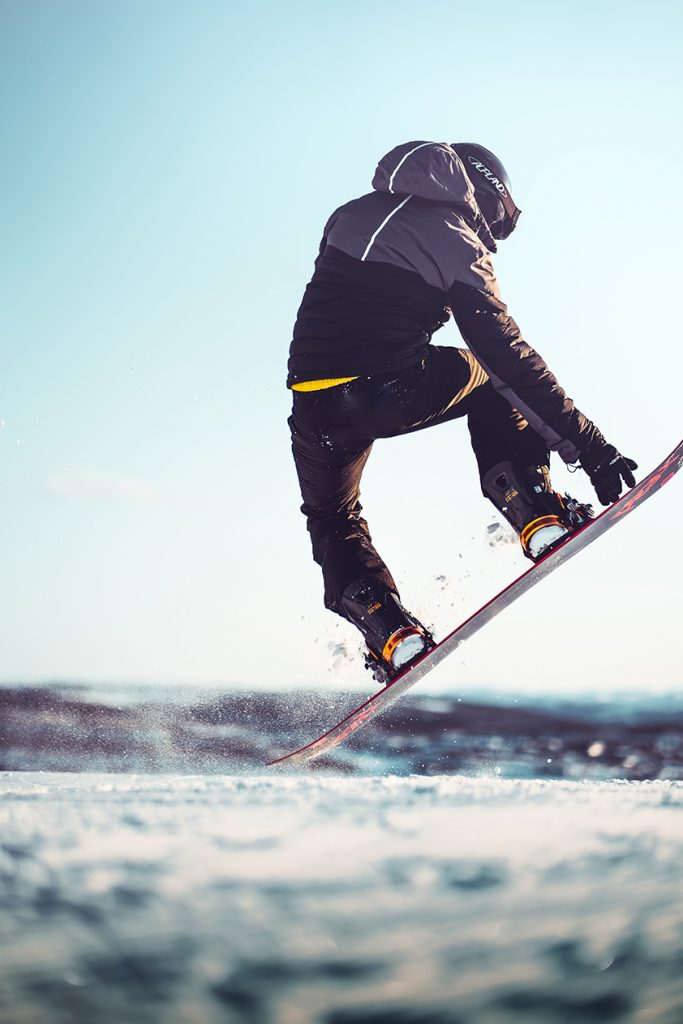NOMAD WELLNESS NISEKO | 070 9090 8183 | info@nomadwellnessniseko.com
Treatment Options
Discover insights on shoulder injuries in skiing and snowboarding – from common mechanisms like falls and overuse to treatment options such as rest, physical therapy, and, in severe cases, surgery. Learn how our Niseko-based physiotherapy clinic offers personalized care and preventive strategies, empowering individuals to navigate the slopes with confidence and recover effectively.
Rest and Immobilisation:
Initial rest and immobilisation to allow the injured shoulder to heal.
Physical Therapy:
Targeted exercises to improve range of motion, strength, and stability of the shoulder.
Pain Management:
Medications and modalities for pain relief and inflammation reduction.
Shoulder Bracing:
Bracing may be recommended to provide support and limit movement during the healing process.
Surgery:
Surgical intervention may be necessary for severe injuries, such as rotator cuff repairs or labral reconstructions.




